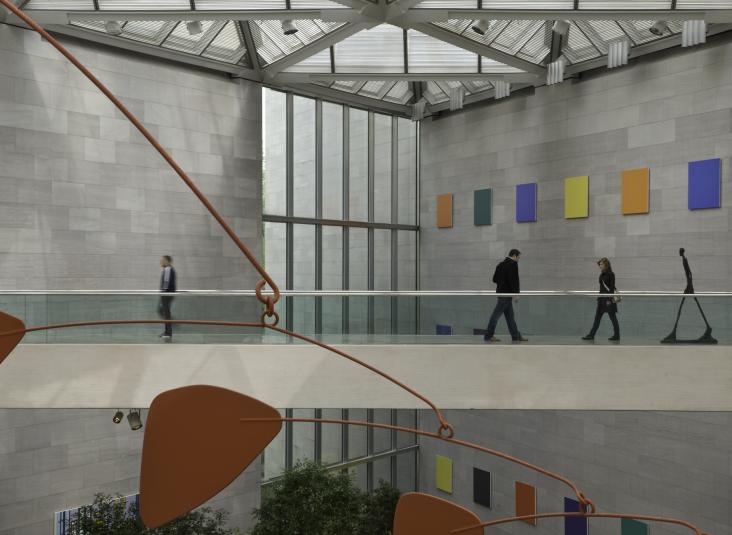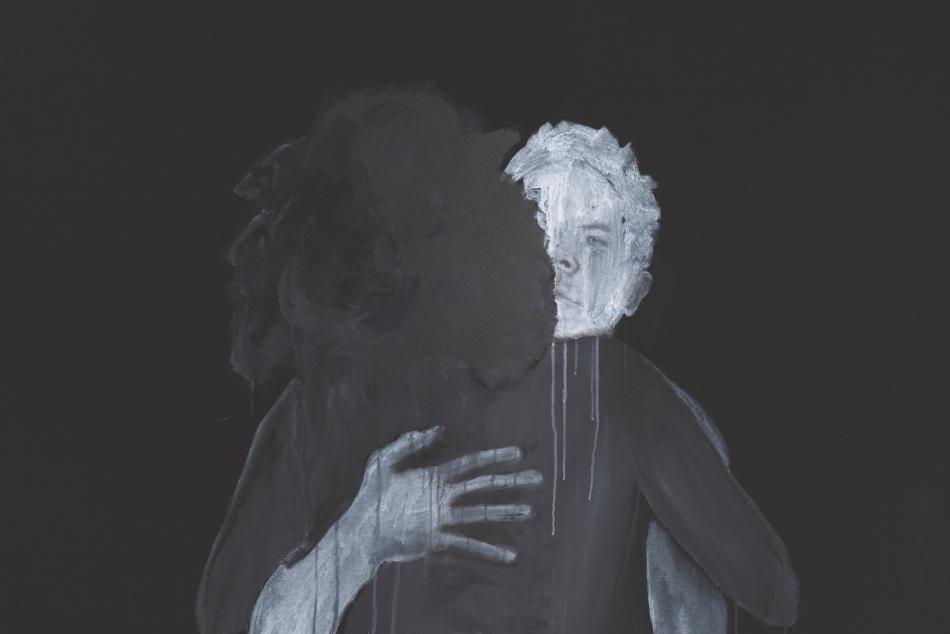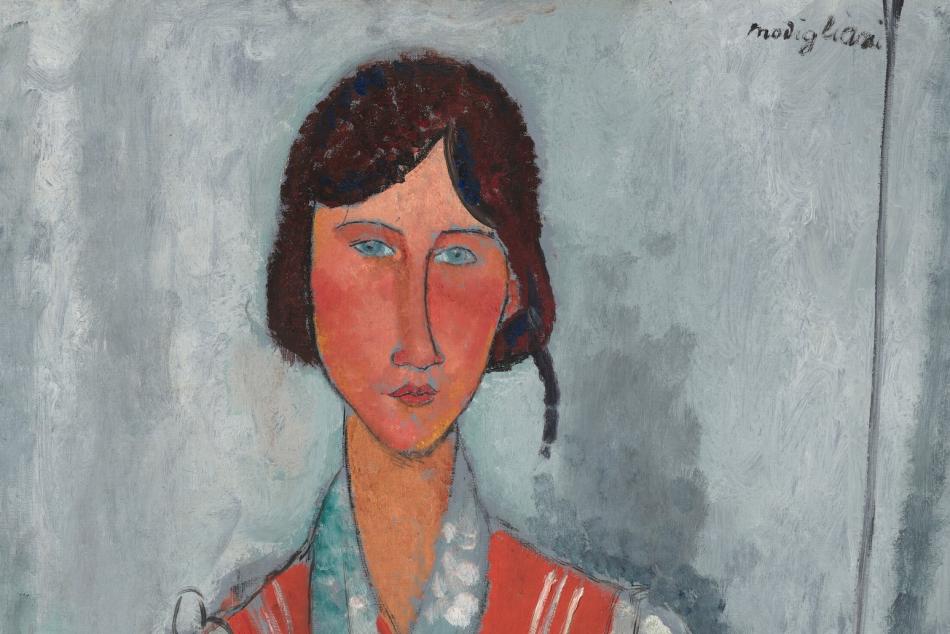Poet Ilya Kaminsky Responds to a Sculpture by Alberto Giacometti

As part of our “Poetry is a country” festival we invited celebrated American poets to compose something new inspired by art in our collection. Ilya Kaminsky’s poem responds to Alberto Giacometti’s sculpture Walking Man II.
A Walking Man
Ilya Kaminsky
“Giacometti is not working for his contemporaries, nor for the future generations: he is creating statues to delight the dead.” –Jean Genet
Perhaps you too, upon seeing Giacometti’s “Walking Man,”
will run from the National Gallery of Art hollering
into the Potomac, will strip
off your shirt—
as you splash, the gulls will
toss your pants back and forth
making a game
of what cannot
be eaten.
Perhaps you too have an enormous, impolite need to drink with the long-legged statue, but no
beverages are allowed in the gallery & even Giacometti’s
“Walking Man” is afraid of the guard & wishes
him bird droppings in his hair.
Between the flashes of tourist cameras, I
see it: Giacometti’s “Walking Man” is
a political
declaration—
A public lecture
on how people’s
souls are unbandaged and how
we will die of them.
The air is raw with joy.
Sit, heart, rest
from the soul’s south-west
Why so much life?
I don’t know what to do with less!
I have given up all I have
to the giver of bread and breath.
Outside, Washington DC
is a theater where police vans play the role of police vans
and senators pretend to be senators
a taxi makes a city more a city
and boys still don’t read except for what is written on women’s t-shirts.
At 10 am, the gallery opens and you zigzag between
our nation’s most important people parading between important
paintings. Someone’s
camera flashes—
a politician
hurries by as if he were
Giacometti’s “Walking Man”
but he looks more like a well punched
bus ticket.
Why so much life?
I don’t know what to do with less
I have given up all I have.
When I die,
find me at the National Gallery of Art
I’ll be flat on the floor
in front of Giacometti’s “Walking Man”
a little flask of lemon vodka in my pocket
I want the last joy of putting my cheek
to the stone floor
of whispering
you in whom I do not believe, hello.
Please note: We have tried to preserve the formatting of poems, but some devices may distort how text appears. Read the poem in its original formatting here.

Top image: Visitors cross a bridge in the National Gallery’s East Building Atrium next to Alberto Giacometti’s Walking Man II.
You may also like

Article: Poet Hanif Abdurraqib Responds to a Painting by Mwangi Hutter
The Ohio-based poet's creation is a rumination on soulmates, solitude, and spirits.

Article: Poet Heid E. Erdrich Responds to a Portrait by Amedeo Modigliani
The educator, curator, interdisciplinary artist, and guest curator at the Mead Art Museum of Amherst College responds to Modigliani's "Roma Woman with Baby"


